Filter by
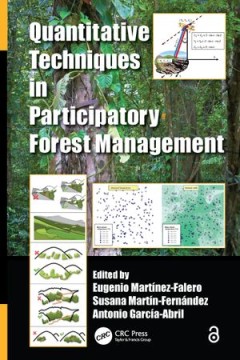
Faecal Sludge Management Systems
"It is estimated that literally billions of residents in urban and peri-urban areas of Africa, Asia, and Latin America are served by onsite sanitation systems (e.g. various types of latrines and septic tanks). Until recently, the management of faecal sludge from these onsite systems has been grossly neglected, partially as a result of them being considered temporary solutions until sewer-based …
- Edition
- -
- ISBN/ISSN
- 9781780404721
- Collation
- -
- Series Title
- -
- Call Number
- -

Manifesto for Living in the Anthropocene
The recent 10,000 year history of climatic stability on Earth that enabled the rise of agriculture and domestication, the growth of cities, numerous technological revolutions, and the emergence of modernity is now over. We accept that in the latest phase of this era, modernity is unmaking the stability that enabled its emergence. Over the 21st century severe and numerous weather disasters, scar…
- Edition
- -
- ISBN/ISSN
- 9780988234062
- Collation
- -
- Series Title
- -
- Call Number
- -
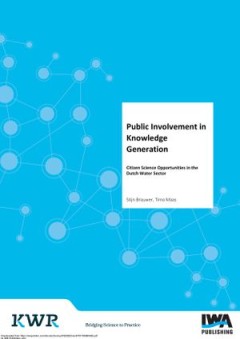
Experimental Methods in Wastewater Treatment
Over the past twenty years, the knowledge and understanding of wastewater treatment has advanced extensively and moved away from empirically-based approaches to a fundamentally-based first-principles approach embracing chemistry, microbiology, and physical and bioprocess engineering, often involving experimental laboratory work and techniques. Many of these experimental methods and techniques h…
- Edition
- -
- ISBN/ISSN
- 9781780404752
- Collation
- -
- Series Title
- -
- Call Number
- -

Climate change and the oil industry Common problem, different strategies
Multinational corporations are not merely the problem in environmental concerns, but could also be part of the solution. The oil industry and climate change provide the clearest example of how the two are linked; what is less well-known is how the industry is responding to these concerns. This volume presents a detailed study of the climate strategies of ExxonMobil, Shell and Statoil. With an i…
- Edition
- -
- ISBN/ISSN
- 9780719065583
- Collation
- -
- Series Title
- -
- Call Number
- -
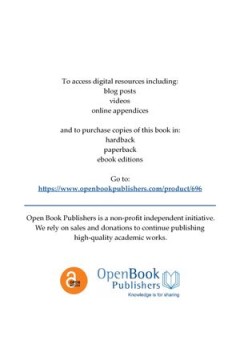
What Works in Conservation 2018
What are the best means of reducing illegal hunting of primates? Does changing the type of livestock benefit heathland vegetation? Does removing the upper layer of peat enhance peatland restoration? Is flame treatment effective for dealing with invasive floating pennywort? What Works in Conservation has been created to provide practitioners with answers to these and many other questions about p…
- Edition
- -
- ISBN/ISSN
- 9781783744305
- Collation
- -
- Series Title
- -
- Call Number
- -
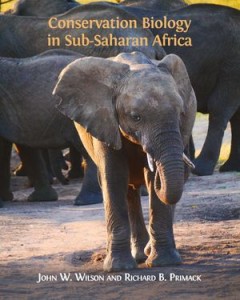
Conservation Biology in Sub-Saharan Africa
Conservation Biology in Sub-Saharan Africa comprehensively explores the challenges and potential solutions to key conservation issues in Sub-Saharan Africa. Easy to read, this lucid and accessible textbook includes fifteen chapters that cover a full range of conservation topics, including threats to biodiversity, environmental laws, and protected areas management, as well as related topics such…
- Edition
- -
- ISBN/ISSN
- 9781783747528
- Collation
- -
- Series Title
- -
- Call Number
- -
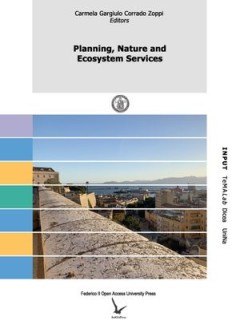
Planning, Nature and Ecosystem Services
This book collects the papers presented at INPUT aCAdemy 2019, a special edition of the INPUT Conference hosted by the Department of Civil and Environmental Engineering, and Architecture (DICAAR) of the University of Cagliari. INPUT aCAdemy Conference will focus on contemporary planning issues with particular attention to ecosystem services, green and blue infrastructure and governance and mana…
- Edition
- -
- ISBN/ISSN
- 9788868870546
- Collation
- -
- Series Title
- -
- Call Number
- -
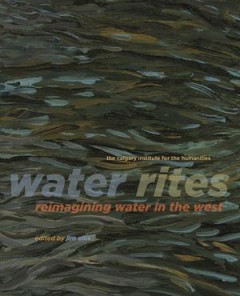
Water Rites Reimagining Water in the West
What are the challenges surrounding water in Western Canada? What are our rights to water? Does water itself have rights? Water Rites: Reimagining Water in the West documents the many ways that water flows through our lives, connecting the humans, animals, and plants that all depend on this precious and endangered resource. Essays from scholars, activists, environmentalists, and human rights ad…
- Edition
- -
- ISBN/ISSN
- 9781552389980
- Collation
- -
- Series Title
- -
- Call Number
- -

Reading the Entrails An Alberta Ecohistory
Before the fall of Imperial Rome, priests cast the guts of sacrificial animals on the temple floor, claiming to be able to divine the future from these entrails. By probing the remains of Alberta’s past sacrifices (reading the entrails), the author believes we might dimly see an apparition of Alberta’s future. This controversial book vividly portrays the history of land and life in Alberta …
- Edition
- -
- ISBN/ISSN
- 9781552386712
- Collation
- -
- Series Title
- -
- Call Number
- -
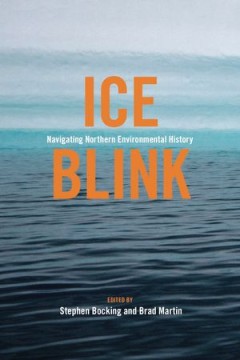
Ice Blink Navigating Northern Environmental History
Northern Canada’s distinctive landscapes, its complex social relations and the contested place of the North in contemporary political, military, scientific and economic affairs have fueled recent scholarly discussion. At the same time, both the media and the wider public have shown increasing interest in the region. This timely volume extends our understanding of the environmental history of …
- Edition
- -
- ISBN/ISSN
- 9781552388556
- Collation
- -
- Series Title
- -
- Call Number
- -
 Computer Science, Information & General Works
Computer Science, Information & General Works  Philosophy & Psychology
Philosophy & Psychology  Religion
Religion  Social Sciences
Social Sciences  Language
Language  Pure Science
Pure Science  Applied Sciences
Applied Sciences  Art & Recreation
Art & Recreation  Literature
Literature  History & Geography
History & Geography